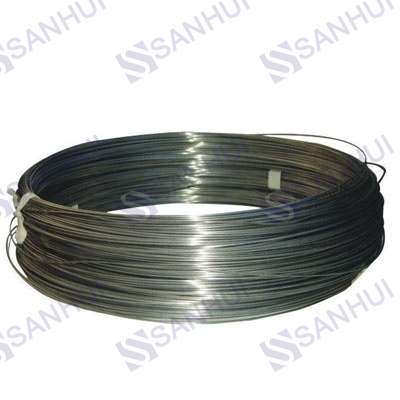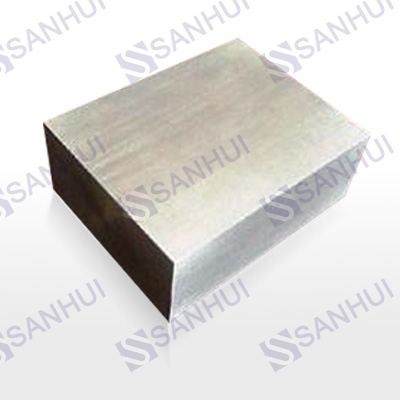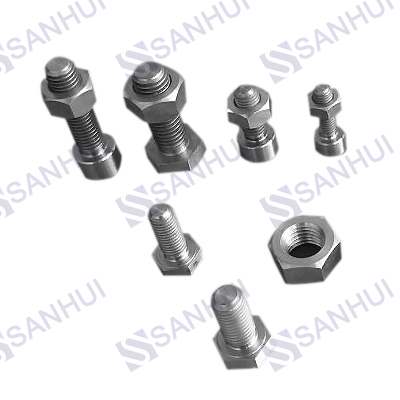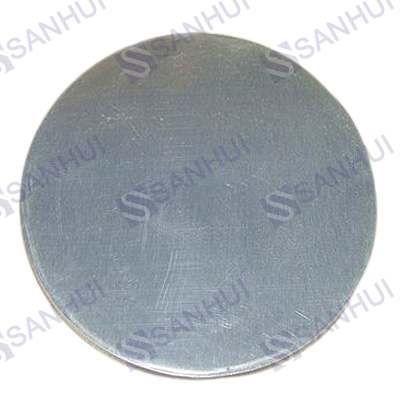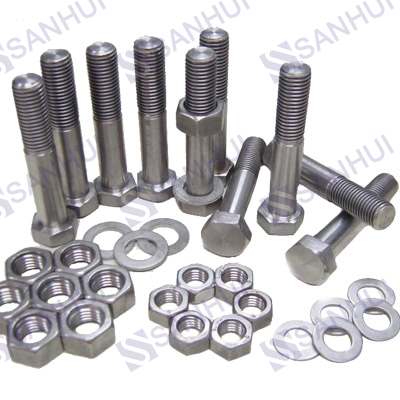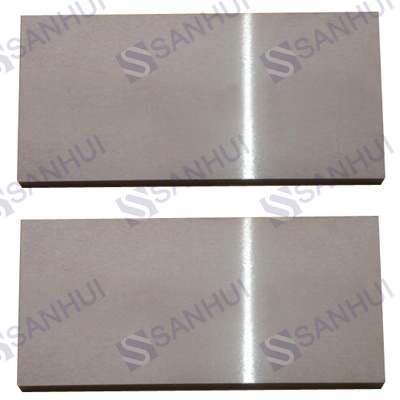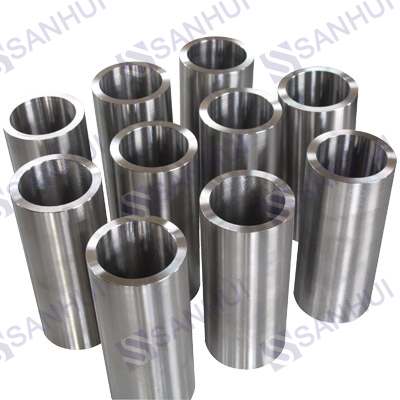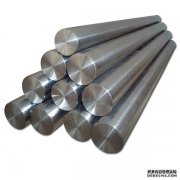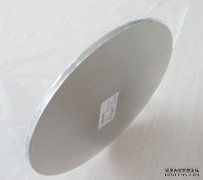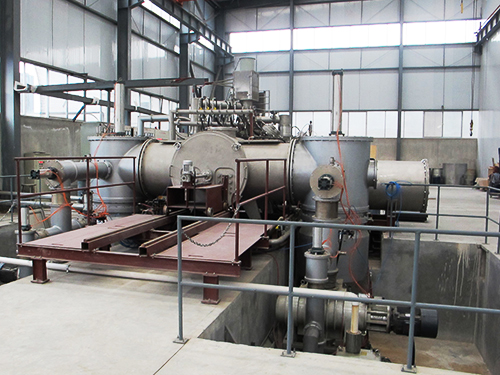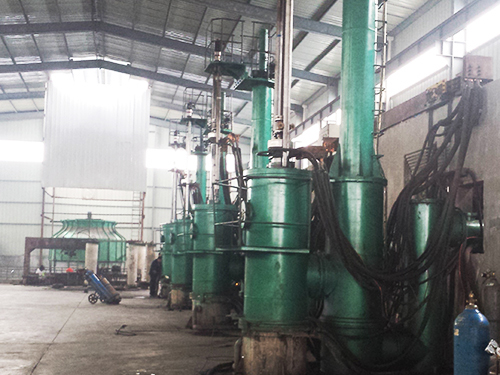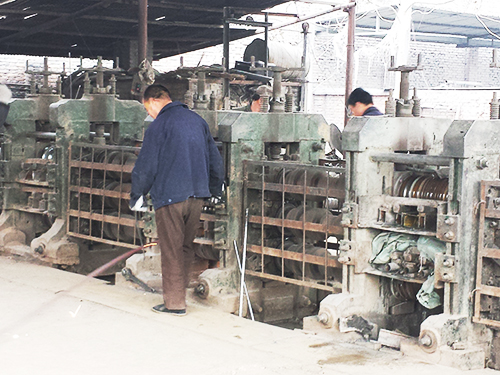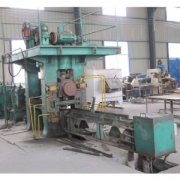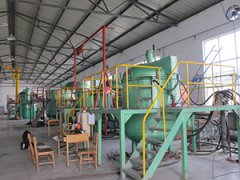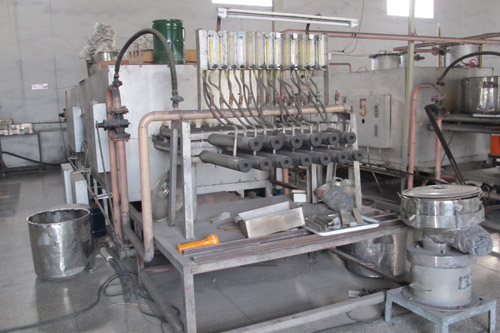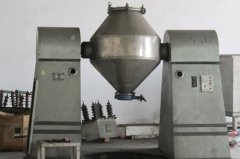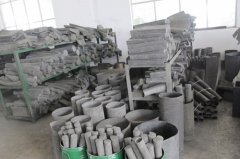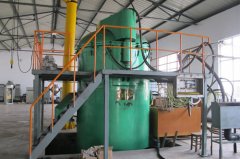TZM and TZC molybdenum alloy
TZM alloy is a kind of molybdenum base alloy that contains 05%Ti, 0.04%C and 0.01% ~ 0.08%Zr, because small amount of additive dispersion prevents fine particles of molybdenum in high temperature grain growth, thus it significantly improve the high temperature strength and high recrystallization temperature. TZC alloy is a kind of alloying element with higher content than TZM alloy. It is an improved variety of TZM molybdenum alloy. It has better strengthening effect of aging heat treatment. However, because of the high cost and difficult processing of TZC alloy, TZM alloy has not been replaced.
Compared with the pure molybdenum, TZM (or TZC) alloy has high recrystallization temperature and high temperature strength, therefore TZM molybdenum alloy is often chosen as the device of die casting tools and high temperature furnace, such as support, boat and tray. In the glass industry, pure molybdenum alloy instead of low carbon TZM, because in the manufacture of glass, when the temperature is >1400 degrees, active metal carbide does not decompose, which prevents the formation of bubbles, improves the quality of glass products and prolongs the service life of molybdenum electrode. In addition, the extrusion die TZM alloy can be used aluminum alloy and Ag-Cd alloy, hot upsetting with the anvil, guide electrode and nozzle, forging and other materials.
MHC and ZHM alloy
It is to strengthen the molybdenum alloy by adding Hf instead of Ti and forming duplex structure. ZHM has better performance than MHC. The properties of the alloy are closely related to the degree of processing deformation and the heat treatment conditions.
The ZHM system contains ZHM4 (Mo-1.2Hf-0.4Zr-0.15C), ZHM6 (Mo-1.5Hf-0.5Zr-0.19C), ZHM7 (Mo-1.8Hf-0.6Zr-0.23C), ZHM8 (M-2.1Hf-0.7Zr-0.27C) four component alloys. These alloys have excellent processability, good high temperature strength and low temperature ductility.
Mo-W alloy
Increasing the heat resistance of molybdenum by tungsten alloying. Since the working temperature of alloy increases by about 200 degrees when joining 25% ~ 30%W, the Mo-W alloy can only be produced in the form of parts, but can not produce plates and wires. Mo-W alloy has a slightly higher recrystallization temperature than pure molybdenum. It has excellent corrosion resistance to molten zinc, so it is mainly used in zinc industry, such as automatic die casting machine for casting valve, pump components, and straw rainbow nozzle.
Mo-Re alloy
Although rhenium is scarce and expensive, but because of the high temperature heat and good plastic performance, therefore it is not only used in electronic industry, used Mo-5Re and Mo-41Re thermocouple wires as aerospace structural material, Mo-50Re is taken as high-temperature structural materials.
MH and KW molybdenum alloys
In order to solve the problem of molybdenum dropping at high temperature, K, Si and Al are added to molybdenum to increase recrystallization temperature. The recrystallization temperature of pure molybdenum is increased from 1400 degrees to about 1800 degrees due to the overlapping and unidirectional processing of the overlapping fiber structures.
The strength properties of doped molybdenum showed great superiority in high temperature conditions. Although the strength of TZM and pure molybdenum is higher than that of doped molybdenum at 1000 degrees Celsius, the higher the temperature is, the more effective the bubble strengthening is. Because of the above advantages of doped molybdenum, it produced some typical applications, such as automobile and motorcycle headlight in the plastic supporting wire, tube and furnace heating element, sintering and annealing with the boat.



